Request a video call
Confirm Your Virtual Consultation
Dr. Jose Abel De Pena Profile Overview
Dr. Jose Abel De Pena, Director: Instituto De Cirugia Plastica
Each year, millions of people undergo cosmetic procedures to enhance a particular feature or reduce visible signs of aging. Cosmetic plastic surgery has grown in popularity among both women and men.
Many people choose cosmetic surgery to give themselves added confidence in social or work situations, a psychological boost or simply to help them look as young as they feel. Often, improving a feature of your face or body will enhance your self-image, and that can help you to make positive changes in many areas of your life. Having realistic expectations about cosmetic surgery increases the likelihood that you will be happy with the results.
If you recognize a specific area in which your appearance could be improved and you have a strong personal desire to make a change, then you may be an ideal candidate for cosmetic plastic surgery.
Dr. Jose is a well experienced and certified Plastic/Cosmetic Surgeon. If you are planning to have your surgery, Dr. jose has operating privileges in an accredited hospital for the cosmetic plastic surgery procedures you would like to have performed with complete training and competency for specific procedures.
Procedures included are:
- Face lift
- Rhinoplasty
- Otoplasty
- Breast Augmentation
- Liposuction
- And Alot more.....
Please Click Here to request more information about Cosmetic/Plastic Surgery from Dr. Jose Abel De Pena.
Dr. Jose Abel De Pena, Mexico City, Mexico Profile Details
The word plastic comes from the Greek plastikos, which means to mold or give form. Plastic surgery enables us to mold or re-form the human body.The plastic surgery specialty encompasses both reconstructive and cosmetic (aesthetic) surgery.
Choosing a Qualified Surgeon
The single most important factor in the success of your cosmetic (aesthetic) plastic surgery is the surgeon you select. Many people are surprised to learn that some doctors performing cosmetic surgery today have had no formal surgical training. That's why you need to ask the right questions before you schedule a consultation.
Is the surgeon certified by the American Board of Plastic Surgery (ABPS)?
Surgeons with this certification have completed a minimum of five years of surgical training following medical school, including an approved residency program in plastic surgery. After training, a surgeon must pass comprehensive oral and written exams for certification. ABPS certification indicates a surgeon's qualifications to perform reconstructive and cosmetic plastic surgery of the face and the entire body.
Don't be confused by other official-sounding boards and certifications. The ABPS is recognized by the American Board of Medical Specialties (ABMS), which has approved medical specialty boards since 1934. There is no ABMS-recognized certifying board with "cosmetic surgery" in its name.
Not every doctor who uses the title "plastic surgeon" has the training to qualify for ABPS certification. In most states, any doctor with a medical license can advertise as a plastic or cosmetic surgeon.
Plastic surgeons in Canada are certified by the Royal College of Physicians and Surgeons of Canada. If you live outside the United States, check your surgeon's affiliation with a member society of the International Confederation for Plastic, Reconstructive and Aesthetic Surgery (IPRAS),or the International Society of Aesthetic Plastic Surgery (ISAPS).
Does the surgeon have appropriate hospital privileges?
Even if you are planning to have your surgery in your doctor's office or at a surgery center, it is important to find out if your surgeon has operating privileges in an accredited hospital for the same procedure you would like to have performed. Before granting privileges, hospital review committees evaluate a surgeon's training and competency for specific procedures.
Is the surgeon a member of the American Society of Plastic Surgeons (ASPS) or the American Society for Aesthetic Plastic Surgery (ASAPS)?
Members of these professional societies are certified by the American Board of Plastic Surgery and are committed to the highest standards of patient care.
Deciding to have the surgery
If you are well motivated, have realistic expectations and select a qualified plastic surgeon, chances are you will be happy with your decision to have cosmetic (aesthetic) plastic surgery. Here are sonie things you should know before going ahead.
Surgical facility
Cosmetic plastic surgery can take place in an appropriately equipped office-based surgical facility, an ambulatory surgery center or a hospital. Your surgeon will advise you on the best setting for your cosmetic procedure.
Fees
Fees for cosmetic plastic surgery generally are paid prior to your surgical date. Cost varies and depends on factors including the complexity of the operation, where the surgery is performed and what type of anesthetic is administered.
Insurance
As a rule, cosmetic plastic surgery is not covered by insurance. There are certain procedures, such as breast reduction, that may address functional problems as well as improve your appearance. In such cases, contact your insurance company before surgery to obtain a predetermination of benefits.
Anesthesia
Some procedures can be performed using a local anesthetic to numb the area being treated, along with a sedative to relax you. Other surgical procedures may require general anesthesia so that you will sleep through the entire operation.
Risks of surgery
Cosmetic plástic surgery molds and reshapes living tissue, and the results are not absolutely pre-dictable. No surgeon can offer risk-free surgery or guarantee a perfect result.
Before and after surgery
Your plástic surgeon will give you all the information you need to prepare for surgery and recovery. Often, you will be asked to avoid smoking, aspirin and certain other medications. Following your procedure, there may be restrictions to your activities for several days to several weeks. It also takes time for the visible signs of healing to subside. Plan your business and social activities to allow sufficient time for recovery.
Please Click Here to request more information about Cosmetic/Plastic Surgery from Dr. Jose Abel De Pena.
Dr. Jose Abel De Pena Treatments Offered
Reducing the signs of Aging
Your face is where aging leaves its most noticeable imprint. Many factors contribute to facial wrinkling including sun exposure, smoking, poor diet and nutrition, alcohol consumption, stress and heredity.
Facial rejuvenation surgery may involve procedures to reduce signs of aging in your mid-face, lower face and neck, as well as your eye-lids, forehead and brow areas. Treatments to minimize fine skin lines and deeper wrinkles may also be performed. Frequently, multiple facial procedures can be performed at the same time.
Your surgical plan will be individualized to address your specific needs and personal objectives.
Facial rejuvenation surgery can help you look as youthful and energetic as you feel.
Rhytidectomy- Face Lift
A facelift smoothes loóse skin on your face and neck, tightens underlying tissues and removes excess fat. Your bone struc-ture, heredity and skin texture all play a role in how many "years" a facelift can "remove" and, to some extent, influence how long it will last.
There are many variations to the facelift procedure and the placement of incisions. The goal of every facelift technique is to keep the incisions hidden as much as possible; following surgery, scars will be concealed by your hair or with makeup.
Your plastic surgeon will free your facial skin from its underlying tissues and trim off the excess. In some instances, the deeper tissues may also need to be repositioned to restore a more youthful contour to your face. If necessary, a small incision beneath your chin permits the removal of fat and smoothing of the cord-like structures in your neck.
If you do not have a significant amount of excess skin, you could be a good candidate for an endoscopic facelift. This minimally invasive procedure requires small incisions that are placed inconspicuously accord-ing to your individualized surgical plan.
When facial sagging in the cheek area is pronounced, a procedure called a mid-facelift may be performed. Incisions are often made inside the lower eyelid or may be placed in another area that provides superior access to the central cheek region.
After facelift surgery, you will experience temporary skin discoloration and some tightness or numbness in your face and neck. Your skin will remain somewhat sensitive for a few months. Protection from the sun including daily use of a sun block is essential. You can wear cosmetics after a few days and patients often are back to work within two weeks.
Blepharoplasty-Eyelid Surgery
Cosmetic eyelid surgery removes the excess fat and wrinkled, drooping skin of the upper eyelids that can make you look constantly tired or sad. It also eliminates bags under your eyes and tightens your lower eyelid skin. The result is a more alert and rested appearance.
Eyelid surgery is often performed along with a facelift or other facial rejuvenation procedures. Some people have inherited traits that cause them to have eyelid surgery as early as their 20s or 30s.
Fat and loose skin are removed from your upper eyelid area through an incision that is hidden within the natural eyelid fold. The incision extends slightly beyond the outside córner of your eye where it easily blends into existing laugh lines or other creases. If your upper eyelid problem is aggravated by sagging of your eyebrows, then your plastic surgeon may recommend a brow lift.
Treatment of the lower eyelids often requires an incision that is hidden just below your lower lashes. Through this incision, excess skin, muscle and fat are removed or adjusted; sometimes fat may be repositioned to eliminate puffiness or bulges. If your lower eyelid skin is not excessive, your plastic surgeon may decide to use a different technique that removes fat through an incision placed inside the lid. A laser is sometimes used, if necessary, to resurface the lower eyelid skin and to achieve a small degree of skin tightening.
After surgery, expect some swelling that may persist for a week or longer. Your vision may be somewhat blurry for a few days, and you will want to wear dark glasses to protect your eyes from wind and sun. Within a week, you can wear makeup to conceal any remaining discoloration. You should be back to work within ten days.
Forehead Lift- Brow Lift
Abrow lift. also called u forehead lili, corroéis lile skin wrinkling and loss of tone that causes sagging of your eyebrows and hooding of your upper oyelids. A brow lift softens the deep creases across your forehead. It reduces the horizontal frown lines at the top of yonr nose and the vertical lines between your brows. The results is a more relaxed and refreshed appearance.
A brow lift is often perfurmed along wilh a faeelift or other facial rejuvenation procedures. Some people have inherited traits that cause them to have a brow lift as early as their 20s or 30s.
One common technique for performing a brow lift requires an incision across the top of the scalp, beginning above your ears. The incision may be placed toward the middle of the scalp where it is hidden within your hair or at the front of the hairline. Through this incision, your plastic surgeon can modify or remove parts of the muscles that cause wrinkling and frown lines, remove excess skin and lift your eyebrows to a more pleasing position.
Some patients are good candidates for an endoscopie brow lift. The endoscopic brow lift is a minimally invasive technique that requires several very small incisions in the scalp. The endoscope, inserted through these tiny incisions, allows your plastic surgeon to see and work on the various internal structures of the forehead.
After surgery, you will have temporary puffiness and discoloration that may involve your eyelid and cheek areas as well. You may experience numbness and itchiness of your scalp. You should be able to wash your hair in a few days and be back to work within 10 days.
Injectables
Quick Wrinkle Treatments
Botox, collagen and fat injections are popular nonsurgical techniques for treating facial lines and wrinkles. Patients usually are pleased with the results of these minimally invasive procedures. Injectable wrinkle treatments, however, cannot correct facial sagging or achieve the same results as a facelift, eyelid surgery, brow Uft or skin resurfacing.
Botox is niost effective in treating the type of lines and wrinkles caused by muscle contraction during facial expressions such as frowning or squinting. Common areas for Botox injections include horizontal forehead furrows, vertical lines between the eyebrows and "crow's feet" around the eyes. Botox is injected directly into the muscles in these areas to reduce their activity. Usually within a few days after your injections, the expression lines in the treatment areas will appear noticeably softer.
Collagen is another substance used for treatment of frown lines, "crow's feet" and smile lines. Collagen containing local anesthetic is injected with a tiny needle directly into the wrinkle, crease or depression. Collagen plumps up the soft tissues, filling in lines and depressions by replacing the natural collagen that is lost from your skin over time. Only a very small percentage of patients are allergic to collagen, but pretreatment testing is recommended.
Fat makes an excellent soft tissue filler material. Since it is taken from your own body, there is no possibility of an allergic reaction. Fat is collected from a donor site, such as your abdomen, buttocks or thighs, using a small needle attached to a syringe. After processing to remove excess fluids, the fat is injected in multiple thin strands into the treatment area. Slight "overfilling" is necessary since some of the fat will be absorbed by your body.
Botox, collagen and fat injections are, to varying degrees, temporary treatments that need to be repeated to maintain results. For permanent results, soft tissue fillers that are surgically implanted under the skin are another option for some patients. Injectable wrinkle remedies are popular because they produce quick results. Some treatments involve virtually no downtime, and you can return to work and social activities immediately.
Skin Revitalizing
Gentle Skin Treatments
Skin texture, superficial blemishes, age spots, enlarged pores and fine lines may be iniproved by a nunmber of noninvasive skin revitalizing treatments.
Glycolic acid is one of a larger group of alpha hydroxy acids, derived from natural sources such as fruit and milk. It is used in varying concentrations as a light but prescription-strength peeling solution to reduce the visible signs of aging and sun damage. A single glycolic acid peel performed in your plastic surgeon's office may produce the freshening effect you are looking for. Many patients, however, elect to undergo a series of light peels to achieve greater improvement. A prescription-strength glycolic acid cream or lotion may also be recommended for home use.
Glycolic acid preparations work beneath the skin's surface to help loosen and eliminate damaged skin cells, unclog pores and impart a healthier glow. Glycolic acid creams and lotions may sometimes include bleaching agents that further improve irregular pigmentation.
Retin-A is another home treatment frequently prescribed by plastic surgeons. Used for many years as an acne treatment, Retin-A also has been shown to be effective in reducing skin damage caused by excessive sun exposure. Tretinoin, the active ingredient in Retin-A, promotes exfoliation and accelerates skin renewal.
Microdermabrasion is effective in reducing fine lines, "crow's feet," age spots, acne and other surface imperfections by superficially abrading the skin. It can also be used on the neck, upper chest and the backs of your hands to improve skin texture and minimize the effects of sun damage. A hand-held wand directs a stream of micro-crystals and suction to gently "polish" your skin, giving your complexión a healthy-looking glow. Each session takes from 30 minutes to an hour, depending on the areas being treated. An initial series of weekly sessions often is recommended, followed by periodic maintenance treatments.
Although your skin may be slightly pink or sensitive immediately following a revitalizing treatment, in most cases you should be able to return immediately to work or social activities.
Skin Resurfacing
Peels, Lasers and Dermabrasion
Skin resurfacing provides significant and long-lasting improvement of sun-damaged, unevenly pigmented or coarsely wrinkled facial skin. Usually you will undergo a single procedure rather than the series of treatments commonly recommended for milder skin revitalizing techniques.
Chemical peels containing phenol or trichloroacetic acid (TCA) may be used on your entire face (avoiding your eyes, brows and lips) or only on a limited area, such as the vertical wrinkles around your mouth. Phenol, which generally is the strongest peeling agent, may be recommended if you have fair skin, severe sun damage and deep wrinkles. Variants in the phenol formula can create a milder solution for broader use. TCA has less bleaching effect than phenol and often is recommended for patients with darker complexions. TCA can be applied to your neck, upper chest and other areas of skin damaged by sun exposure.
Laser skin resurfacing is another popular technique. Like other resurfacing methods, the laser is effective in treating wrinkles, blotchiness or age spots, and scars from acne or other causes. It can be used on the entire face or specific areas. The laser also has a mild tightening effect on the skin, particularly in the lower eyelid area. There are a variety of lasers in use today. Your plastic surgeon can advise you about the specific treatment that would be most effective in meeting your goals.
Dermabrasion uses a small, rapidly spinning wheel with a roughened surface similar to fine-grained sandpaper to abrade the skin, removing its upper layers. This resurfacing technique is well suited for the treatment of facial scars or vertical wrinkles around the mouth. The treated area usually will blend well with the surrounding skin so there is little if any noticeable difference in pigmentation.
A few days following a deep peel, laser resurfacing or dermabrasion, your new skin emerges. Its bright pink color will fade over the next few months and, in the meantime, may be covered by makeup. In most cases, you should be able to return to work within a week or two.
Redefining
Redefining Facial Features
Achieving harmony of your facial features is one of the most important goals of cosmetic (aesthetic) plástic surgery.
Facial plastic surgery can reshape your nose, reduce prominent ears, increase the projection of your chin and create a more pleasing contour in your cheek areas. Sometimes enhancing a single facial feature brings your whole face in balance, enhancing your overall appearance and increasing your self-confidence.
Looking your best cangive you an important "edge" in both your personal and professional life.
Rhinoplasty
Nose Reshaping
The goal of rhinoplasty is to reshape your nose so that it complements your other facial features. The earliest recommended age for rhinoplasty is the mid-teens when the nose is near full development. As long as you are in good health, there is no upper age limit for nose reshaping.
Reshaping generally is done through incisions inside your nose. In some instances, there may also be an incision on the underside of your nose between your nostrils. If the base of your nose will be narrowed or the size of your nostrils reduced, this can be done by removing small wedges of skin at the base of your nostrils. The resulting scars fade and ultimately should be barely visible.
Your nose can be reduced, or built up, by adjusting its supporting structures. This is done either by removing or adding bone and cartilage. Your skin and soft tissues will assume their new shape over this "scaffolding."
If you have breathing problems because of irregularity in the internal structures of your nose, adjustments can be made to improve your nasal airway. This can be done at the same time as alterations to the external appearance of your nose.
After surgery, some discomfort, swelling and bruising can be expected. You may be instructed to wear a nasal splint for a week or longer. You can begin wearing cosmetics as soon as it is removed. Your routine will be severely restricted for only a day or two, but it will be a few weeks before you can resume bending, lifting and exercise. As long as your Job does not involve activities that raise your blood pressure, you should be able to return to work within 10 days. Minor swelling of your nose may persist for up to a year, but most likely this will not be noticeable to others. The final results of rhinoplasty are permanent and well worth the wait..
Facial Contouring
Chin And Cheek Augmentation
The contours of your face may be enhanced by a variety of techniques.Chin augmentation (also called genioplasty or mentoplasty) strengthens the appearance of a receding chin by increasing its projection. Similarly, the cheekbones can be made fuller, creating a more sculpted look, using implants. Facial implants provide a permanent and predictable result. Sometimes fat may be injected into specific areas to restore a more youthful fulhiess to your face. Treatment with fat injections may need to be repeated to maintain iniprovement.
The goal of chin augmentation is to improve your profile by creating a better balance between your chin and other facial features. Increasing the projection of your chin will not affect your bite or jaw function.
There are two techniques for adding prominence and contour to your chin. One, performed through an incision inside the niouth, requires moving the chinbone. A more common approach involves insertion of a chin implant.The implant is inserted through incisions inside your mouth or on the underside of your chin. In the latter case, surgery usually leaves only a faint scar that is barely visible underneath the chin.
To permit proper heahng following chin augmentation, you may be placed on a liquid diet for a day or two. Your chin may be taped or bandaged.
Augmentation of your cheekbones is achieved by placing a specially designed implant over them. The procedure usually is performed through an incisión inside the mouth, but it may be done through a lower eyelid or a brow lift incisión (described on pages 9 and 10).
After a chin or cheek augmentation, you will most likely be up and about the same day, but your activities will be restricted. You should be able to return to work within one to two weeks.
Lip Contouring
Lip Augmentation
Fuller, plumper lips can be achieved by a variety of lip augmentation techniques. Your plastic surgeon will help you to select the lip augmentation method that is best for you. The technique chosen will depend on individual patient factors and your goals for the procedure, as well as your surgeon's recommendation.
The simplest technique for lip augmentation is injection with fat or collagen. For fat injection, a tiny amount of fat is taken from another area of your body, using a small needle attached to a syringe. Sometimes patients who are undergoing lipoplasty will ask their surgeon to use some of the suctioned fat to augment their lips. After processing to remove excess fluids, the fat is injected to créate a fuller, rejuvenated lip. Following lip augmentation with fat or collagen, your lips may be somewhat swollen for a few hours, but you should be able to return immediately to work or social activities. Results are temporary, and repeat treatments are necessary to maintain the desired effect.
There are other natural and synthetic materials that can be injected into the lips to create volume. These substances come from a variety of sources. Each has its own particular benefits and disadvantages. Your plastic surgeon can review the current options with you.
Surgical methods of lip augmentation offer yet another alternative. One technique uses dermal fat grafts, with the fat still attached to the deeper layers of skin, that are harvested from your own body and transplanted to your lips. In addition, there are a variety of materials derived from other sources that can be implanted, requiring only tiny incisions for placement. Some of these materials eventually become integrated with your natural tissues. Stitches are removed after a few days. Swelling may last longer, and there may be some initial discomfort when eating or drinking. You should be able to return to work within a week.
Otoplasty
Ear Surgery
Otoplasty can improve the shape or positioning of your ears. It also can reduce the size of your ears if they are large in proportion to your other features. If your ears protrude more than normal, surgery can reposition them closer to your head.
Ear surgery often is recommended for children as they near total ear development at age five or six. Correction of the ears prior to the child entering school helps to elimínate potential psychological trauma from the teasing of classmates. Adults may also have their ears reshaped. As long as you are in good health, there is no upper age limit for the surgery.
The supporting tissue of the ears, called cartilage, is reshaped in order to position your ears closer to your head. This usually is accomplished through incisions placed behind your ears. Subsequent scars will be concealed in the natural skin crease.
After surgery, you may be instructed to wear a gauze dressing or bandage for a few days or up to several weeks to ensure that your ears heal in their new, corrected position. You will need to avoid strenuous exercise and contact sports for several weeks. You can resume most nonstrenuous activities within a week.
Reshaping
Reshaping Body Contours
There are a variety of cosmetic (aesthetic) surgical procedures to reshape the breasts, abdomen and other parts of your body. These plastic surgical techniques make it possible to safely, effectively and often permanently change your body contour.
The success of body contouring — whether it is done to reduce, enlarge or lift — is influenced by your age and by the size, shape and skin tone of the area to be treated. Some contouring procedures leave only small, inconspicuous scars. More noticeable scars may result when surgical removal of fat and skin is necessary to achieve your desired result. Most patients find these scars acceptable and enjoy greater self-confidence when wearing a bathing suit or formfitting clothes.
Body contouring procedtires can reshape your breasts, abdomen and other parts of your body.
Liposuction
Lipoplasty
Lipoplasty, also called liposuction, removes localized collections of fatty tissue to give you a smoother and slimmer body contour. For the best results, you should be of relatively normal weight with extra fat localized in specific areas such as the hips, buttocks and abdomen. Lipoplasty is also effective in removing fat deposite from the back, legs, arms, face and neck.
Lipoplasty is neither a substituto for proper diet and exercise nor a method for overall weight loss. It cannot elimínate cellulite or correct loose, hanging skin. In fact, the best results from lipoplasty are achieved when you have healthy, elastic skin with the capacity to shrink evenly after surgery. If your skin has lost much of its elasticity, you may need a skin tightening procedure such as a tummy tuck, thigh lift, buttock lift or arm lift.
Local anesthesia (usually with sedation), regional or general anesthesia may be used, depending on what your surgeon judges as the safest and most comfortable choice for your particular surgery. Lipoplasty is usually performed using a suction pump device to vacuum away excess fatty deposits. In some cases, a hand-held syringe may be used instead of a pump. There are a number of variations to conventional lipoplasty. Ultrasound-assisted lipoplasty, for example, uses energy from sound waves to liquefy the fat before it is removed.The technique chosen for your specific case depends on individual factors that your plastic surgeon will discuss with you.
Following surgery, you may wear a snug dressing or garment, perhaps for several weeks, to promote skin shrinkage and to minimize swelling and bruising as you gradually resume normal activities. You can expect to return to work within one or two weeks.
Mammoplasty
Breast Enlargement/Augmentation
Breast enlargement, also called augmentation mammaplasty, is designed to increase the size of small or underdeveloped breasts. Surgery can also restore and enhance your breast volume if it has decreased as a result of having children.
Breast implants come in various types and styles. Your plastic surgeon can review the current options with you.
The incision for placement of your implants can be made underneath your breast, just above the crease; around the lower edge of your areola (the pigmented skin surrounding your nipple); or in your armpit. A pocket is created for the implant either behind your breast tissue or behind the muscle between your breast and your chest wall.
Following surgery, you may wear a gauze dressing or surgical bra. There will be some swelling and discoloration that will gradually disappear. You should not engage in vigorous activities, especially raising your arms, for up to three weeks. You should be able to return to work
within a week or two.
There is a great deal of scientific evidence supporting the longterm safety of breast implants. During your consultation, your plastic surgeon will discuss with you the known risks associated with implants
If you are in the appropriate age group for mammographic screening, having breast implants will not change your recommended exam schedule. Following surgery, be sure to select a technician who has experience in mammographic of augmented breasts; the presence of breast implants requires modified mammographic techniques and additional x-ray views.
Mastopexy
Breast Lift
Abreast lift, also called mastopexy, raises and recontours loose, sagging breasts. You may decide you would like a breast lift because you have lost volume and tone in your breasts after having children. Another frequent reason for having this procedure is the loss of a significant amount of weight.
A breast lift improves the appearance of your breasts in several ways. It elevates your breast tissue, removes excess skin from the lower portion of your breast and then reshapes your remaining breast skin. At the same time, it relocates your nipple and areola (the pigmented skin surrounding your nipple) to a higher position. If your areolas have stretched over time, they can be reduced in size. Women who have their breasts lifted often may decide to also have them enlarged. If this is the case, an implant is placed behind the breast tissue or chest muscle.
A commonly performed breast lift technique (see illustrations) uses incisions that follow your breast's natural contour. The resulting scar, which is permanent but will fade to some extent over time, encircles the areola and then extends vertically down the breast and horizontally along the crease underneath the breast. There are other breast lift techniques that may eliminate the horizontal incisión, the vertical incision, or both. The use of any particular pattern of incisions depends on individual patient factors and your surgeon's recommendation.
Following surgery, your breasts will be wrapped in a gauze dressing or placed in a surgical bra. You may be instructed to wear a supportive bra for several weeks. Swelling and discoloration are to be expected but will gradually subside. You may experience decreased breast or nipple sensation, which usually is temporary. You should be able to return to work within one or two weeks.
Breast reduction, also called reduction mammaplasty, enhances your overall appearance by niaking your breasts more proportional to the rest of your body.
Large, sagging breasts often interfere with normal physical activities. They can cause back pain, postural problems, deformities of the back and shoulders, skin rashes and breast pain. For these reasons, breast reduction generally is considered a reconstructive plastic surgery procedure. In addition to alleviating physical problems, however, it improves the shape of your breasts and nipple areas.
The operation usually is performed under general anesthesia and may be done on an outpatient basis or during a brief hospital stay. During the procedure, excess breast tissue and skin is removed, your nipples and areolas (the pigmented skin surrounding the nipple) are repositioned, and your remaining breast tissue is reshaped.
A commonly performed breast reduction technique (see illustrations) uses incisions that encircle the areola and then extend vertically down the breast and horizontally along the crease underneath the breast. There are other breast reduction techniques that may eliminate the horizontal incision, the vertical incision, or both. The use of any particular pattern of incisions depends on individual patient factors and your surgeon's recommendation. In some cases, lipoplasty alone, which leaves only small scars, may provide a sufficient amount of reduction.
After surgery, your breasts will be wrapped in a gauze dressing or placed in a surgical bra. You may be instructed to wear a supportive bra for several weeks. Loss of breast or nipple sensation is possible, but usually is not permanent. You should avoid strenuous exercise and overhead lifting for at least a few weeks. You should be able to return to work within two weeks..
Abdominoplasty
Tummy Tuck
Atummy tuck, also called abdominoplasty, is designed to give you a smoother, flatter abdomen. The procedure removes excess abdominal skin and may also reduce fat and tighten the muscles of your abdominal wall. It frequently is performed to correct the muscle weakness and loose skin that can occur following multiple pregnancies or significant weight loss.
Abdominoplasty may be done on an outpatient basis or during a brief hospital stay. Generally, a horizontal incision is made just within or above your pubic area. The contour of this incision may vary. The resulting scar is permanent, but your plastic surgeon will try to place it within the lines of the type of bathing suit or undergarments that you typically wear.
If you have loose skin above your navel (belly button), your surgeon may make a second incision around your navel so that the skin can be pulled down and the excess removed. The position of your navel will not change. If there are stretch marks on your lower abdomen, these may be removed. Any remaining stretch marks may be somewhat flattened, but don't expect a dramatic improvement.
Abdominoplasty sometimes may be combined with lipoplasty to achieve the best results. If your skin laxity and muscle weakness are limited to the area below the navel. you may be a good candidate for a modified abdominoplasty that leaves a shorter scar and requires no incision around the navel. Another technique for minimizing scars uses an endoscope: this procedure may be an option if you have only a minimal amount of excess skin and muscle laxity.
The day after surgery, you will be encouraged to get out of bed and walk for short periods to promote blood circulation. You may be instructed to wear a support garment for several weeks. You will need to avoid strenuous activity for a while but should be able to return to work within several weeks.
Conclusion
Your next Step
Now that you have read this overview of the most common cosmetic (aesthetic) surgical procedures, you probably have some questions. If you are considering surgery, your next step is to consult with an American Board of Plastic Surgery certified surgeon. Your plastic surgeon will give you additional, detailed information about the specific procedure or procedures in which you are interested. This information will include the risks and possible complications of surgery, as well as the potential benefits.
Your plastic surgeon may also discuss with you his or her preferred variations to the surgical techniques described in this booklet. Advances are constantly being made in the field of cosmetic plastic surgery. While "new" procedures do not always prove to be better than established ones, your surgeon may feel that you can benefit from a recently developed or modified technique.
If there is a cosmetic procedure that you have heard about from another source, such as a magazine article or television program, be sure to ask your plastic surgeon about it. Your surgeon can advise you whether a specific technique would be beneficial for you. If there are any problems or safety questions, your surgeon will be able to alert you to them.
Above all, confide in your plastic surgeon by thoroughly discussing your goals, expectations and concerns. Your surgeon's most important Job is to help you safely and comfortably achieve both physical well-being and satisfaction with your appearance.
Please Click Here to request more information about Cosmetic/Plastic Surgery from Dr. Jose Abel De Pena.

About Medical Center
- Speciality: Cosmetic/Plastic Surgery
- Location: , Mexico City, Mexico
- Overview: Dr. Jose is a well experienced and certified Plastic/Cosmetic Surgeon. If you are planning to have your surgery, Dr. jose has operating privileges in an accredited hospital for the cosmetic plastic surgery procedures you would like to have performed with complete training and competency for specific procedures.


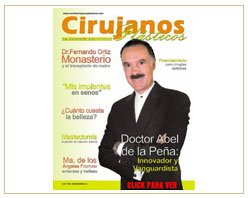

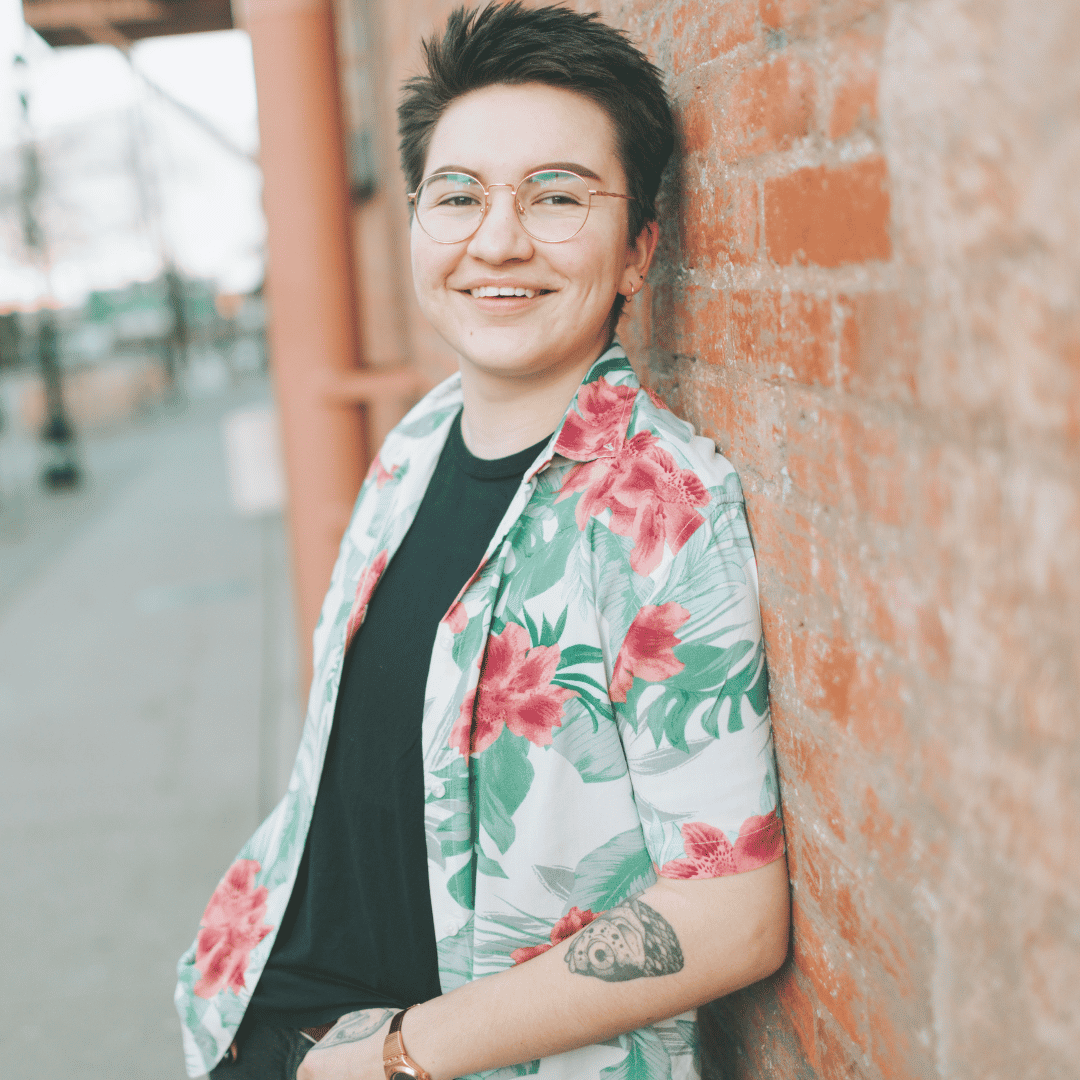

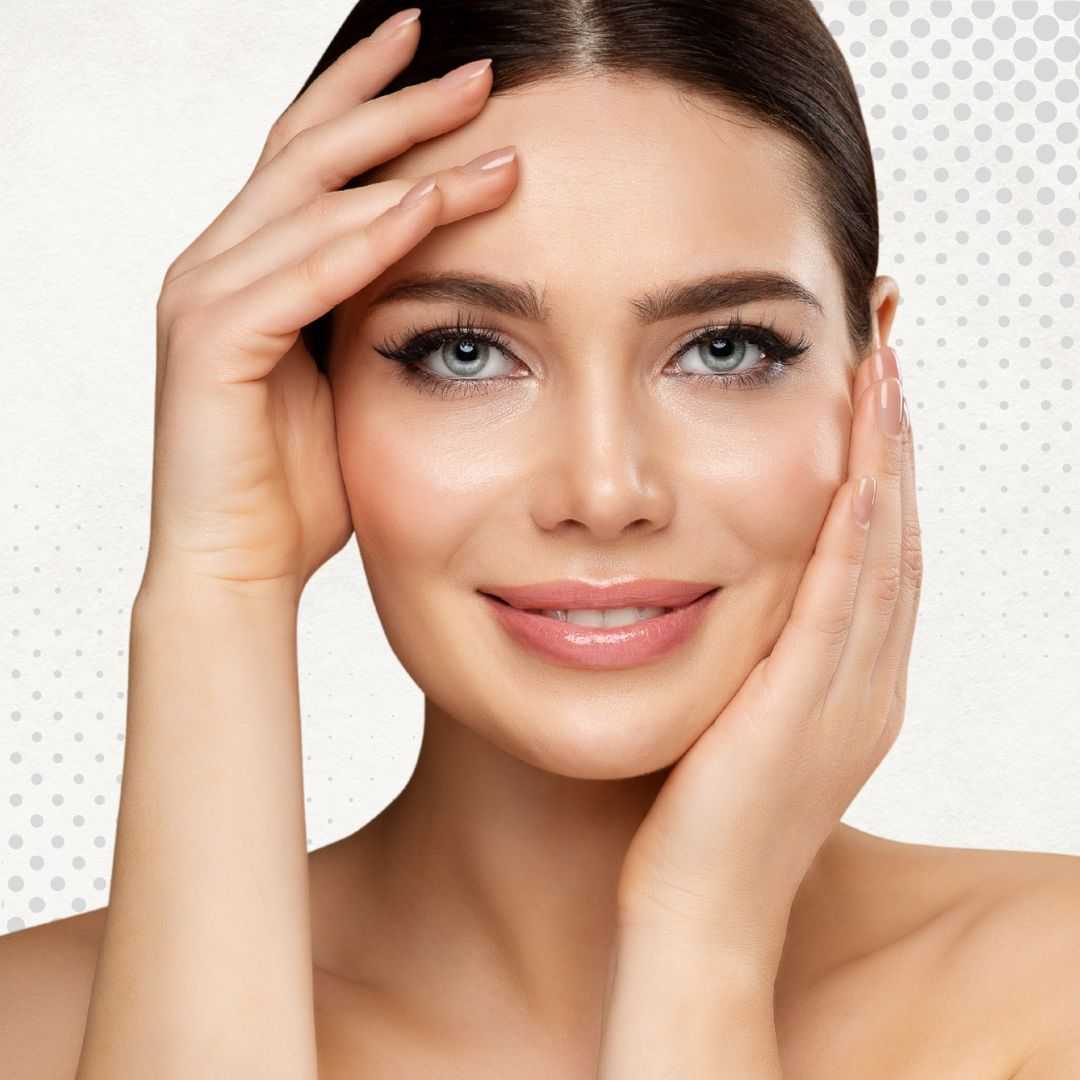

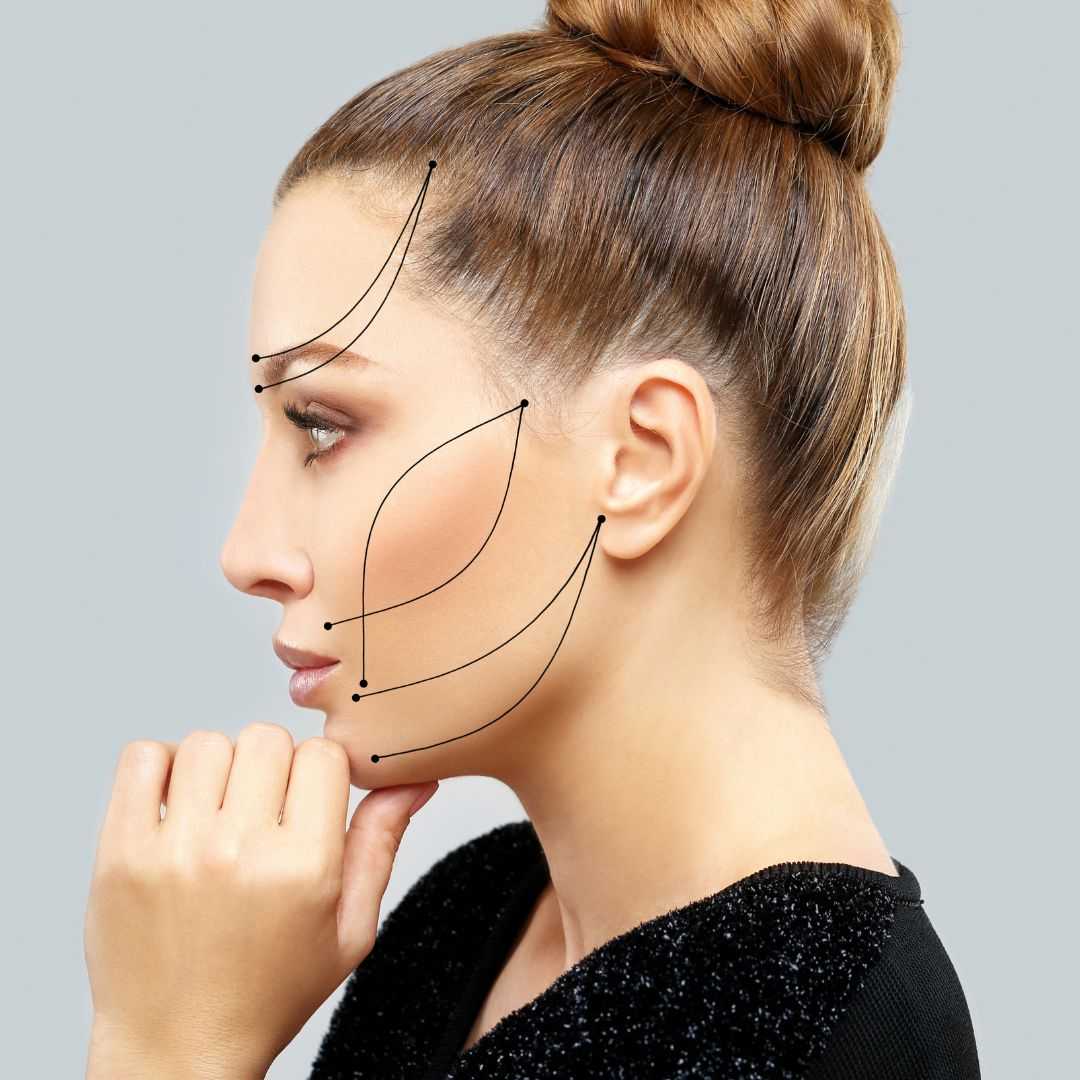
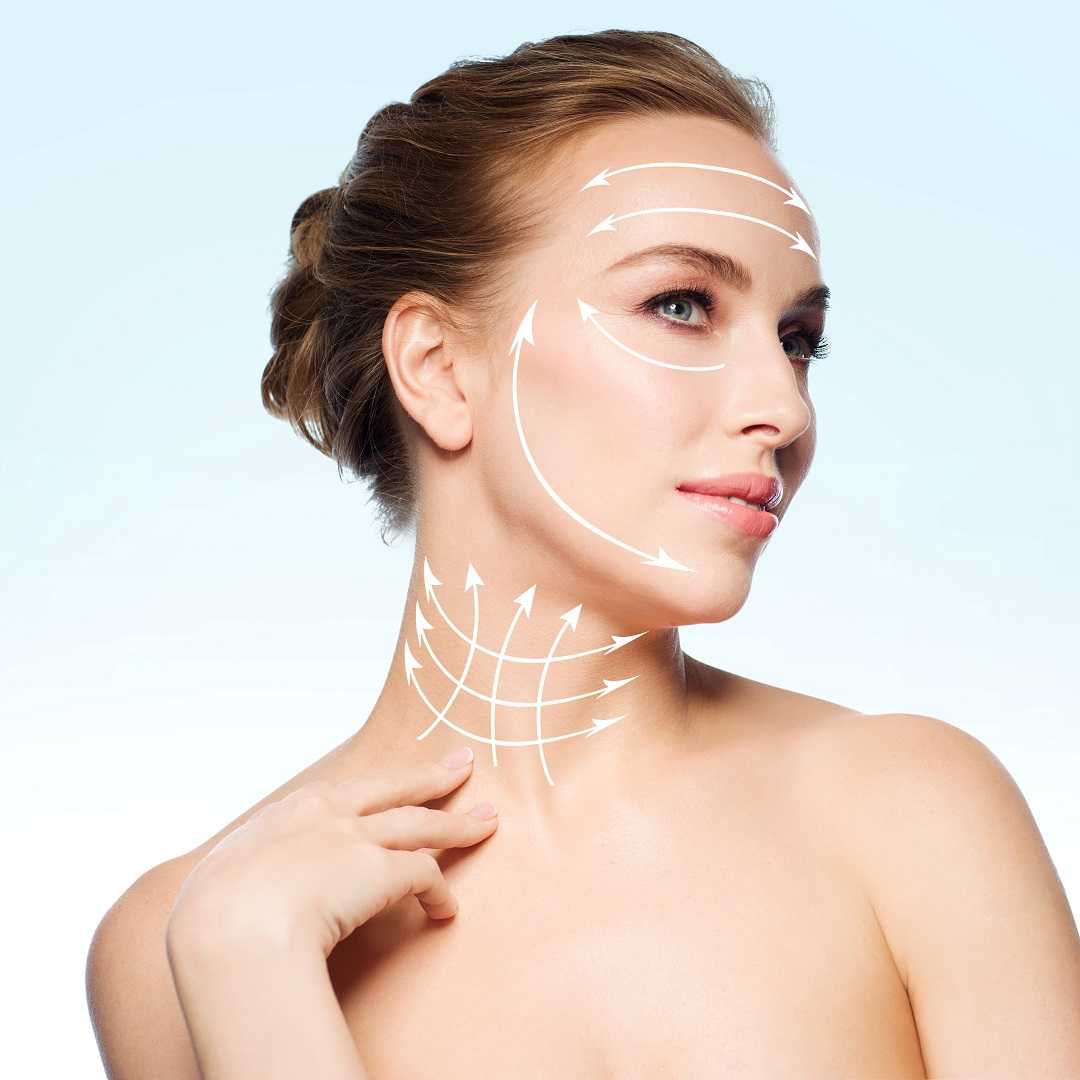
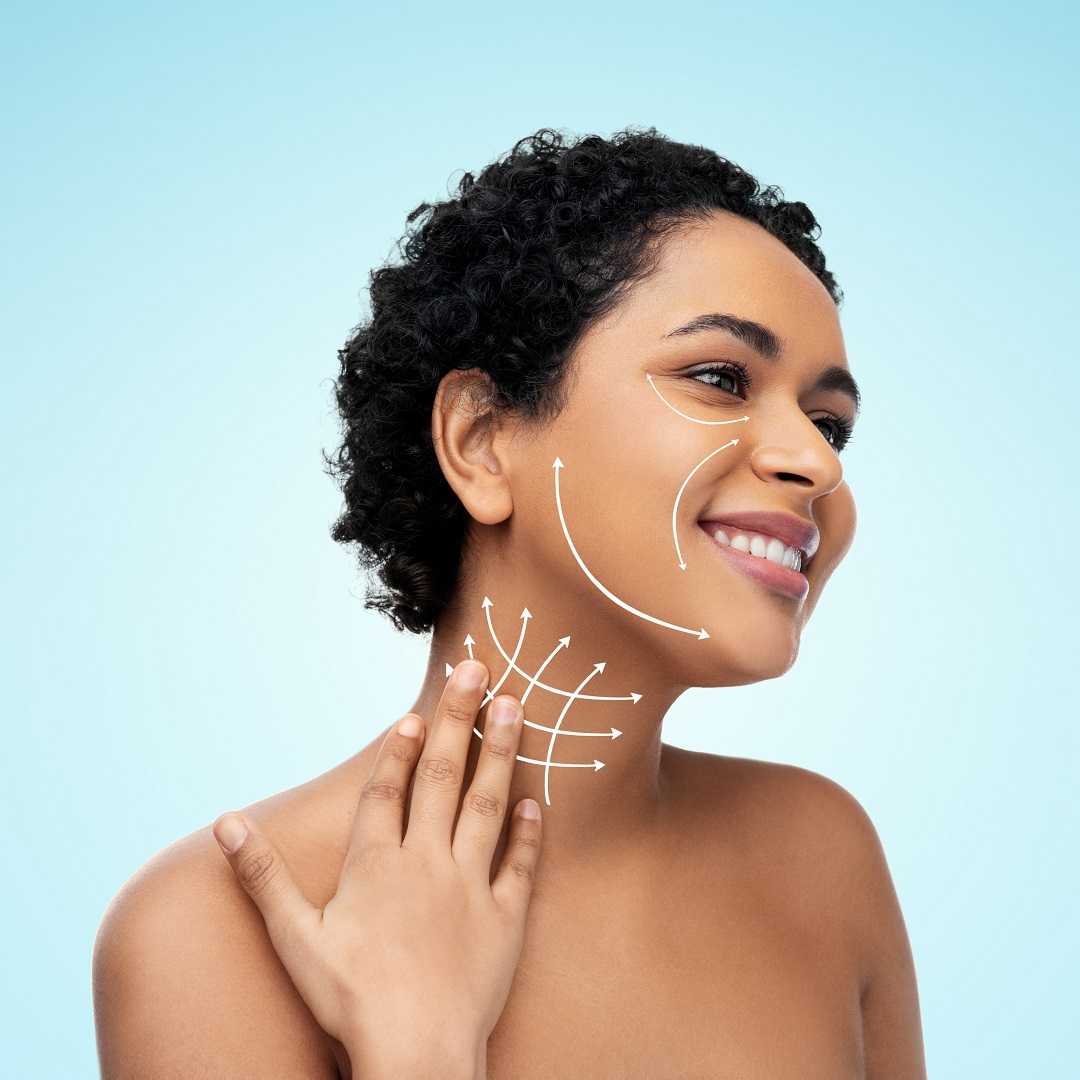
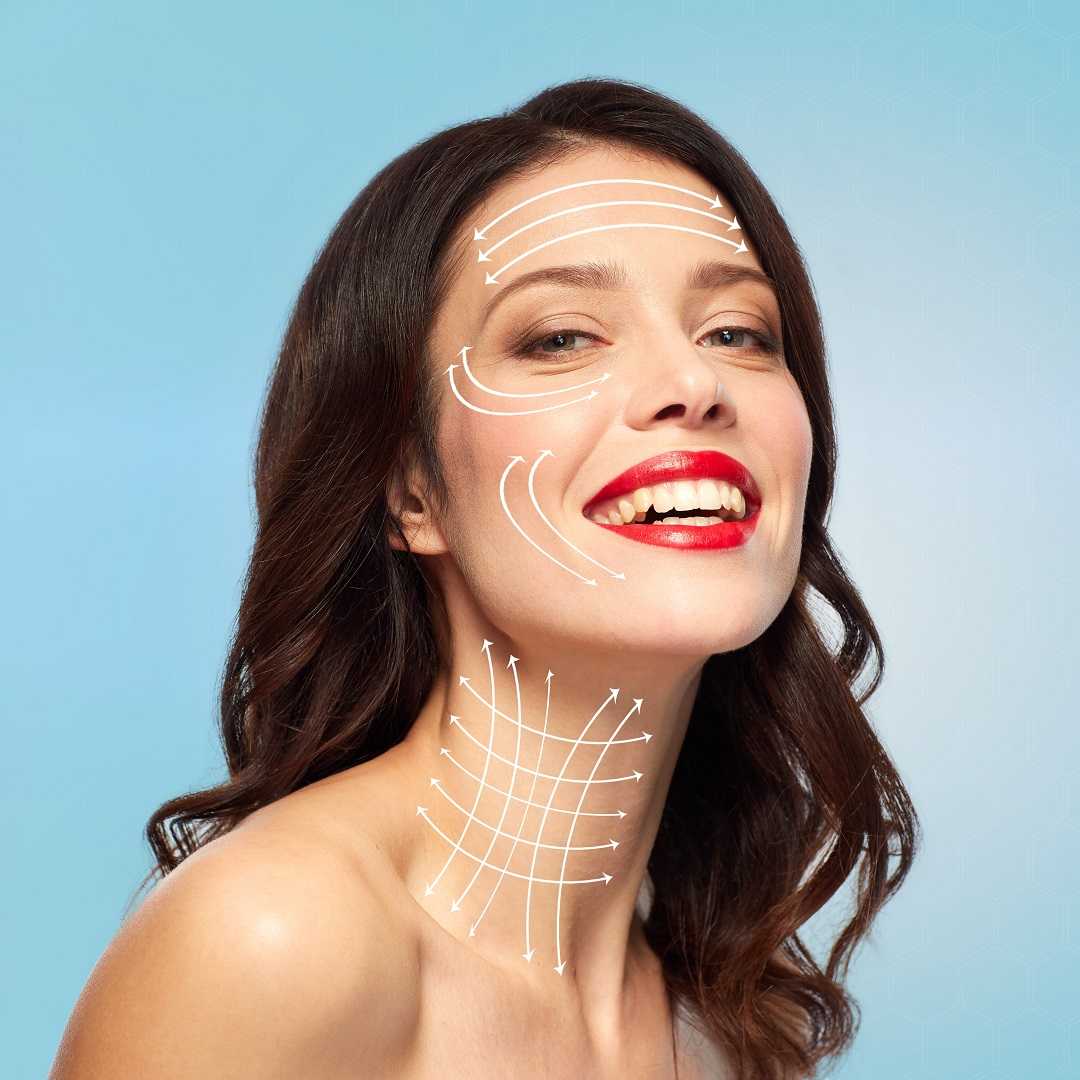

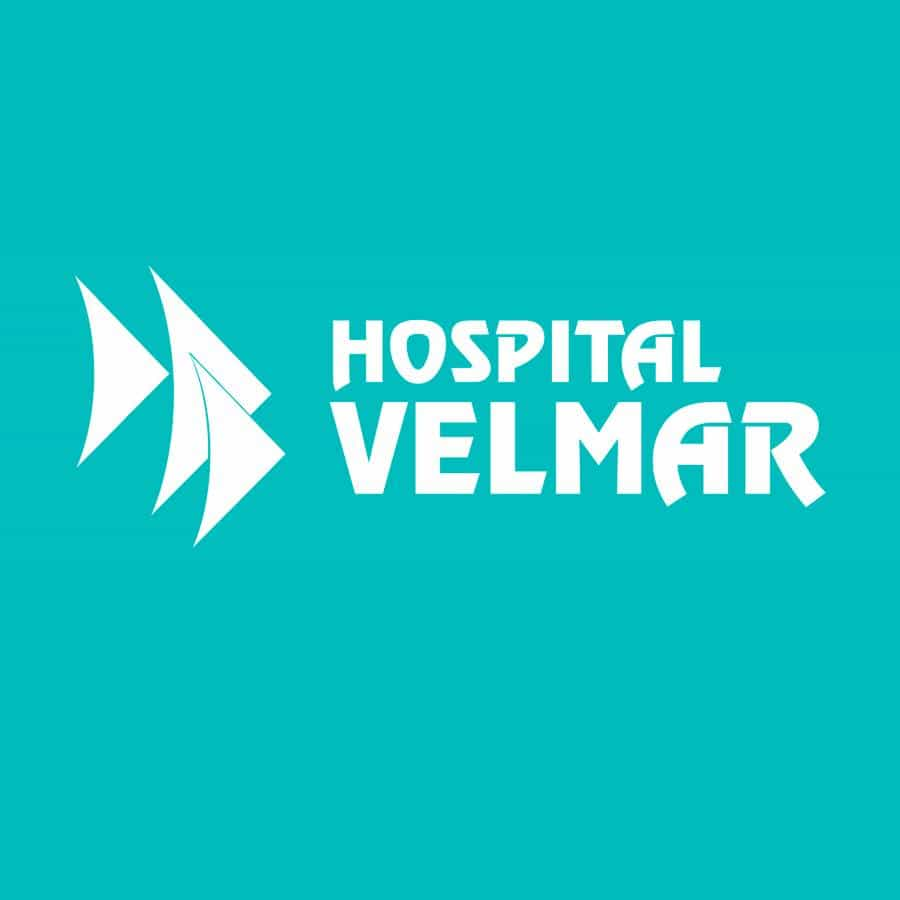
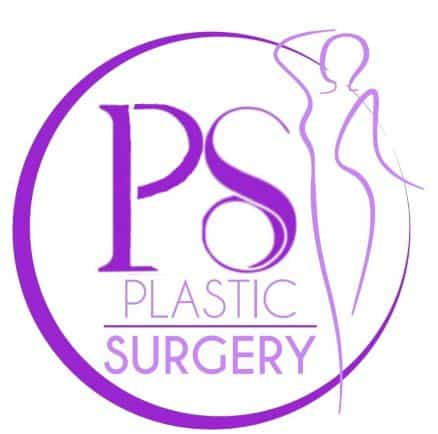
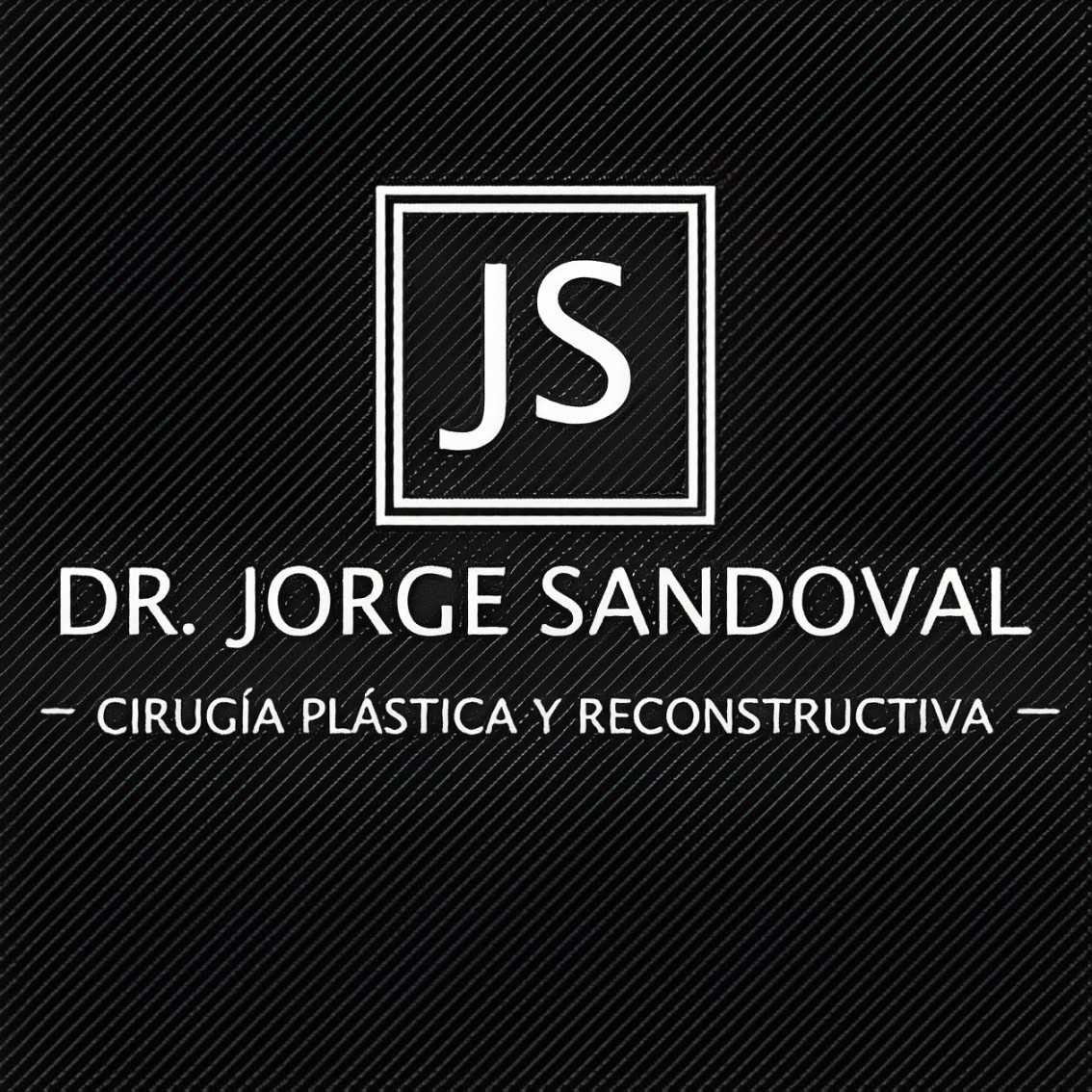
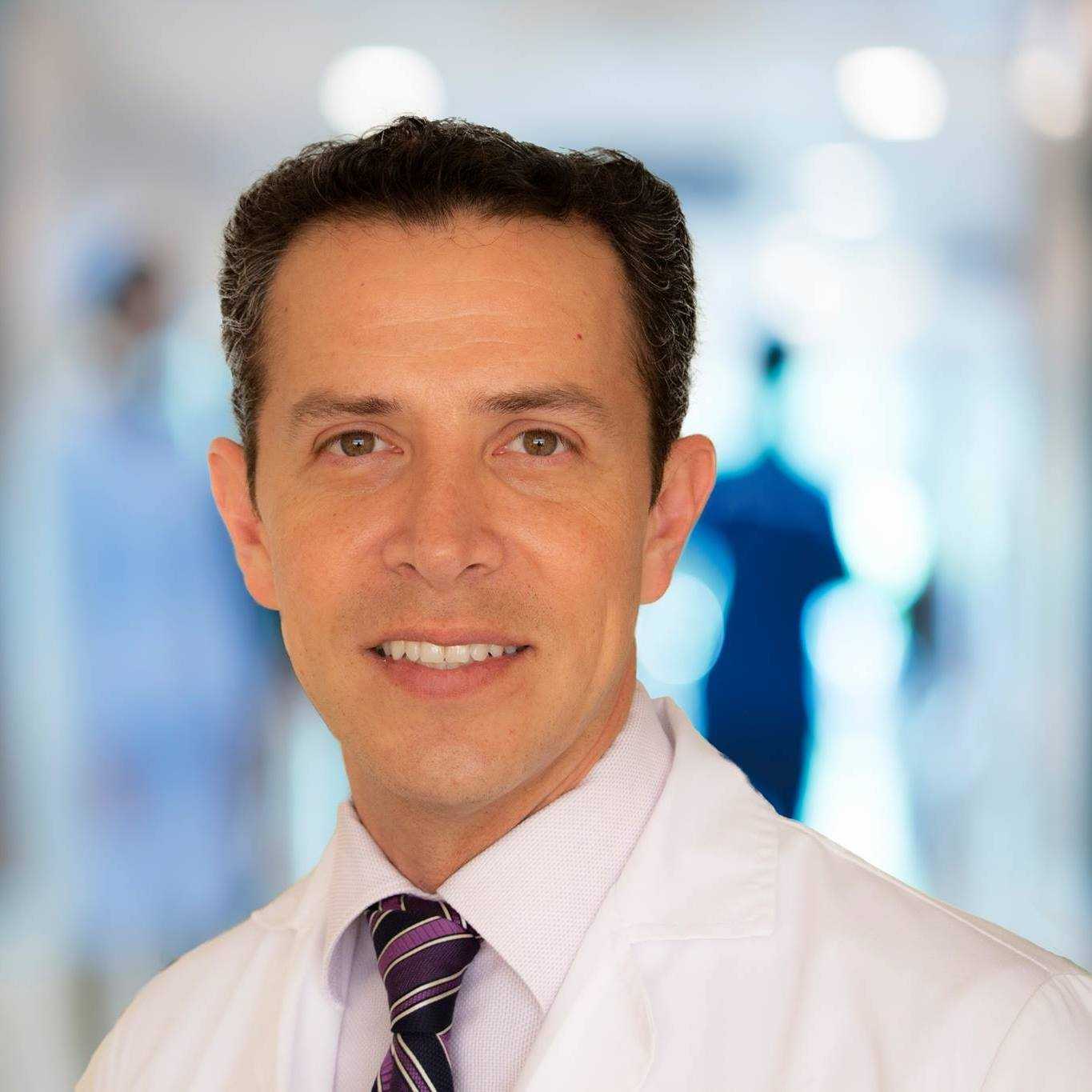

Share this listing